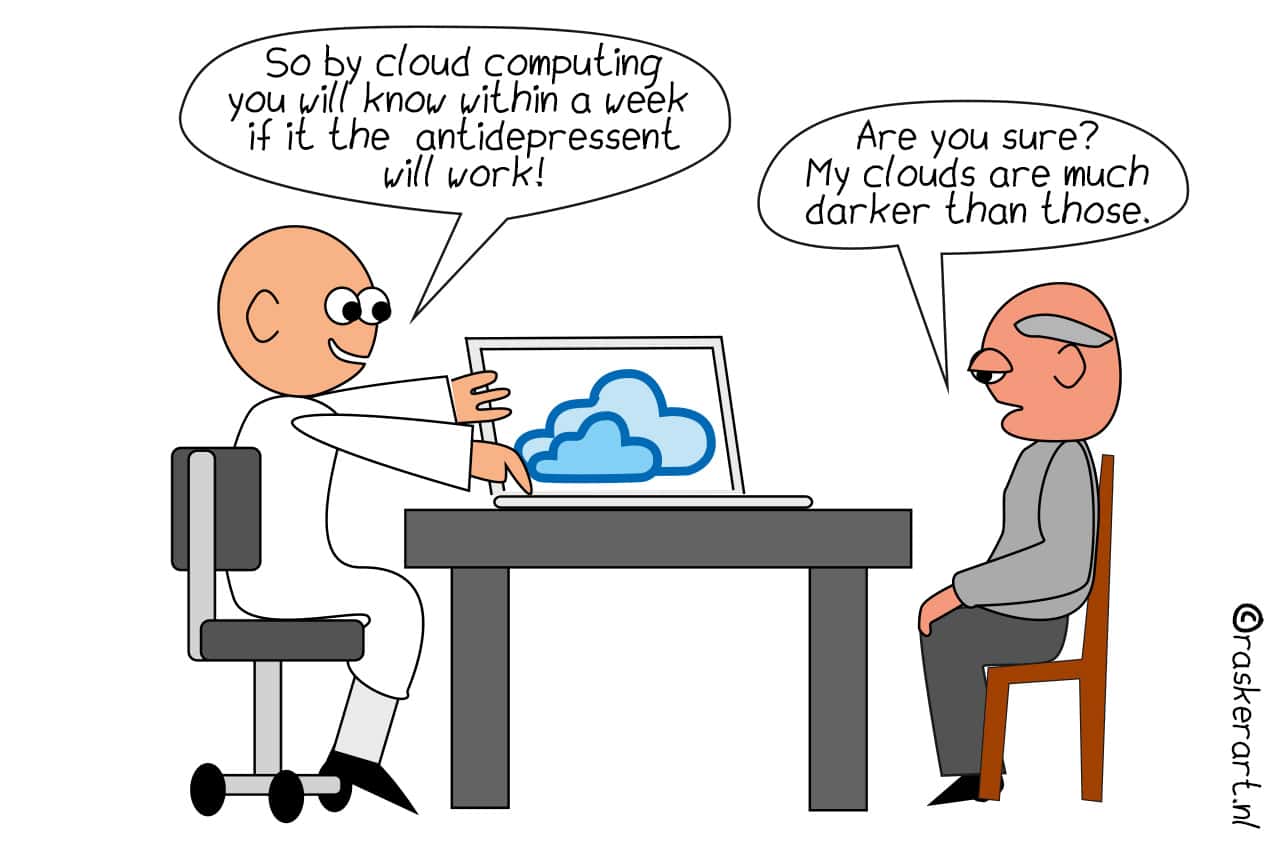
Researchers at the University of Copenhagen (Denmark) have developed an algorithm that can identify patients who may have received a false diagnosis. With the help of digital medical histories, the algorithm is able to detect what are known as abnormal disease trajectories. If these deviate significantly from normal trajectories, this could indicate a misdiagnosis. The algorithm was developed based on data from several hundred thousand COPD patients in Denmark.
Patients may have multiple diseases at the same time, and it can be difficult to distinguish the symptoms of one disease from another. Moreover, certain symptoms may also be absent. This can lead to errors in diagnoses and subsequently the wrong treatment, or no treatment at all.
“Our algorithm can pinpoint those patients who have such an unusual disease trajectory that they may not actually be suffering from the disease that they were originally diagnosed with. Hopefully, it can eventually become a supportive tool for physicians,” says Isabella Friis Jørgensen, postdoctoral fellow at the Novo Nordisk Foundation Center for Protein Research.
Typical disease trajectory
The researchers developed the algorithm based on the disease trajectories of 284,000 patients from the years 1994 to 2015. All of these people suffered from chronic obstructive pulmonary disease (COPD). Based on this data, the researchers ended up with about 69,000 typical disease trajectories.
“If a patient shows up with a very unusual disease trajectory, it could mean that the patient is in fact suffering from a different disease. Our tool can help to track this down,” explains Søren Brunak. He is a professor at the Novo Nordisk Foundation Center for Protein Research.
For example, the researchers found a small group of 2185 patients who had died very shortly after being diagnosed with COPD. According to the researchers, that was a sign that some other illness might have been at play.
“When we took a closer look at the laboratory values of these patients, we saw that they deviated from the normal values for COPD patients. The values were more like the kind that are seen in lung cancer patients. Only 10 percent of these patients were diagnosed with lung cancer. But we are reasonably convinced that most, if not all of these patients actually had lung cancer,” Søren Brunak notes.
Supportive tool
While the algorithm was validated using data from COPD patients, it can be used for many other diseases. The principle is the same. The algorithm uses registry records to map out typical disease trajectories and can detect if the disease trajectory of some patients deviates so much that something else may be wrong.
“We think this algorithm could eventually become a supportive tool for physicians in the future,” he says. Once the algorithm has mapped the typical disease trajectory, it only takes 10 seconds to compare a single patient with all others,” Søren Brunak states.
The research was published in the scientific journal NPJ Digital Medicine.
Also interesting:
Medical AI on the rise: phone app recognizes corona cough, deep speech analysis detects dementia








